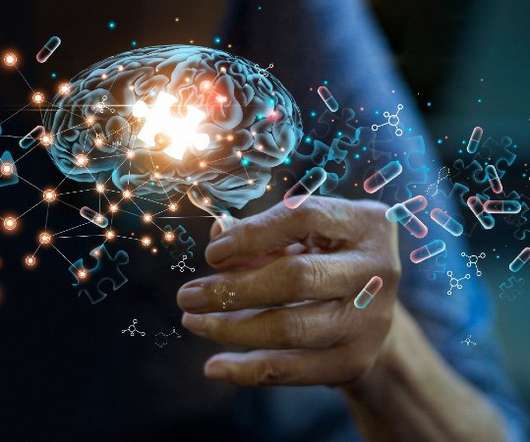Informatics helps virtual biotech bring compound to clinical trial
Drug Discovery World
FEBRUARY 22, 2024
With no in-house laboratory space, the company works closely with multiple international contract research organisations (CROs), including Axxam, which carry out all of the Libra R&D, from compound screening assays, to in vivo pharmacokinetic/pharmacodynamic and ADME work, as well as in vitro and in vivo pre-clinical safety assessments.













Let's personalize your content